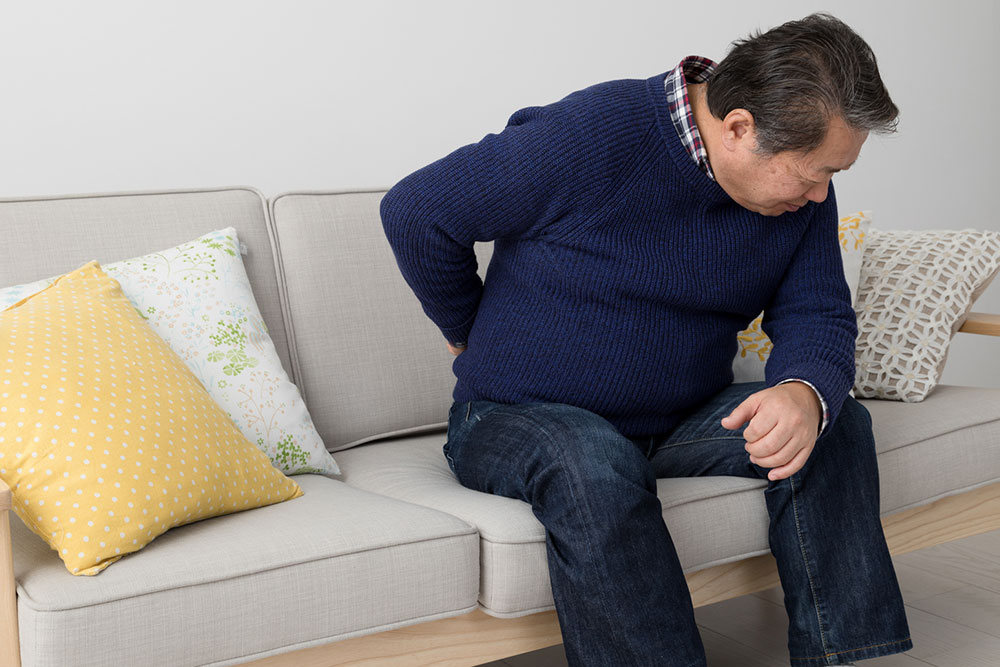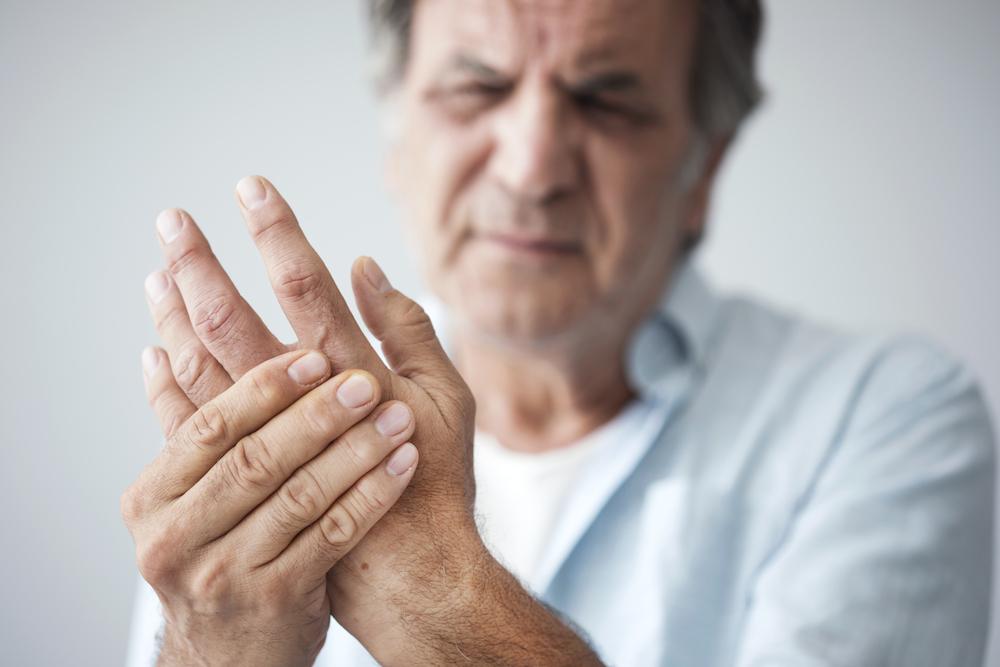Eight Non-Surgical Strategies for Managing Back Discomfort
Discover eight effective non-surgical methods to alleviating back pain, including physical therapy, hot and cold therapy, medication, massage, and advanced procedures. These approaches promote healing, improve mobility, and help prevent future discomfort, offering safe alternatives to surgery for acute and chronic back issues. Always consult a healthcare professional for persistent symptoms or post-injury pain to ensure appropriate treatment tailored to your needs.

Eight Non-Invasive Approaches to Alleviate Back Discomfort
Back discomfort is a widespread health issue affecting many individuals. It can manifest as a mild, persistent ache or a sudden, sharp pain that hampers movement. Causes include injuries from accidents or heavy lifting, age-related spinal changes, or prolonged periods of inactivity. Often, muscle tension and stress are key contributors. Addressing back pain effectively without surgery is possible through various methods that promote healing and maintain mobility.
In this article, we explore multiple non-invasive techniques to treat back pain.
Treatment options for back pain
If pain becomes severe or persistent, consulting healthcare providers is essential. Yet, many cases of short-term discomfort can be managed with effective non-surgical therapies that provide relief quickly.
Advantages of non-surgical therapies
Non-invasive treatments enable pain management while maintaining an active lifestyle. Additional benefits include:
Ability to perform daily activities without interruption
Enhanced flexibility and mobility
Improved posture and spinal alignment
Strategies to prevent future episodes of back pain
Popular non-invasive methods
Physical rehabilitation
Regular exercise is fundamental in alleviating ongoing back discomfort.
Tailored under expert supervision, physical therapy is the primary approach to address spinal issues. Customized routines involving stretching, posture correction, and strengthening exercises can prevent future pain. Activities involve:
Stretching
Flexibility exercises
Posture retraining
Aerobic workouts
Core strengthening
Pain threshold testing
Application of heat and cold
Home remedies such as hot and cold packs can offer immediate relief. Cold packs reduce inflammation, while heat aids muscle relaxation. Apply an ice pack for 10-15 minutes every 2 hours initially, then switch to heat as needed.
Spinal injections
Persistent back pain might require medical injections, including nerve blocks, epidural steroids, or cortisone shots, after thorough assessment. These can provide long-term relief or potential pain resolution.
Meditation and relaxation techniques
Managing chronic back pain involves emotional and physical support. Relaxation practices like meditation, yoga, and tai chi help ease discomfort and reduce stress.
Medication therapy
Doctors may prescribe anti-inflammatory drugs, muscle relaxants, or pain relievers for symptom relief. However, these drugs are not suited for long-term use due to possible side effects.
Therapeutic massage
Massage therapy improves circulation, relieves muscle tension, and reduces spasms contributing to pain.
Acupuncture
This traditional technique can significantly decrease back pain through targeted needle placement.
Electrical nerve stimulation
For severe, unresponsive cases, spinal cord stimulation involves placing electrodes near the spinal cord to disrupt pain signals, providing substantial relief.
Most minor back strains resolve within days to weeks. Combining self-care with these therapies accelerates recovery. For pain lasting over 4–6 weeks or following injury, consulting a healthcare professional is crucial.










